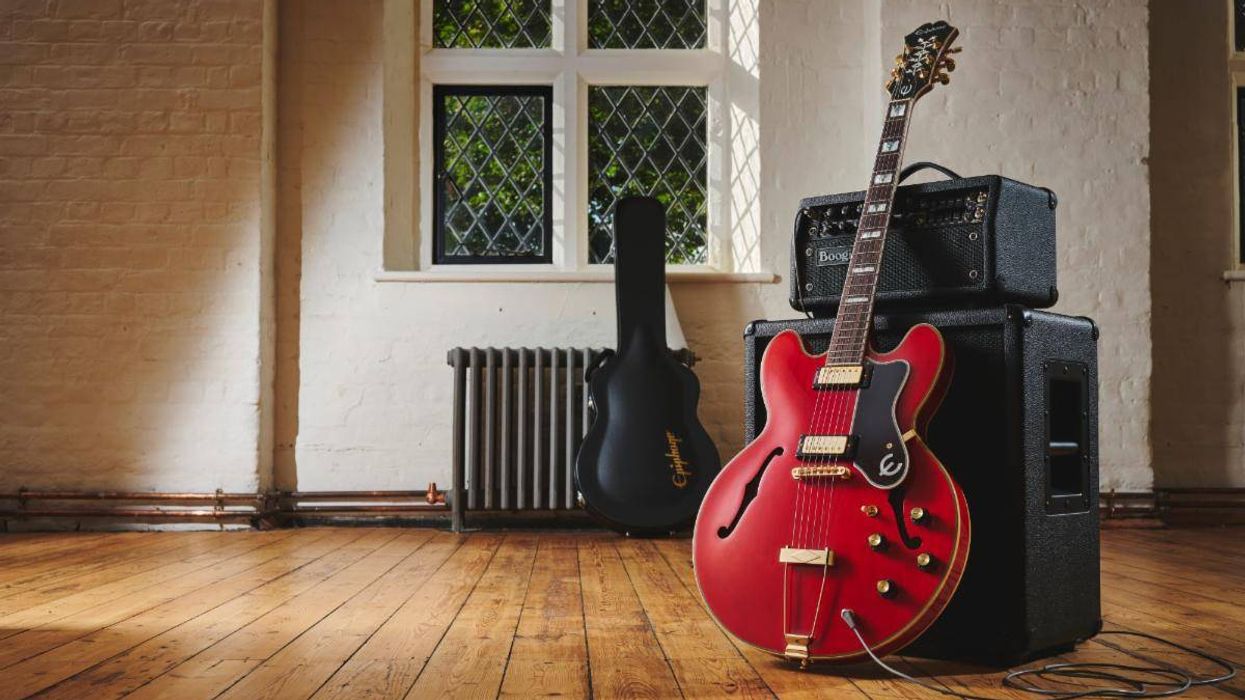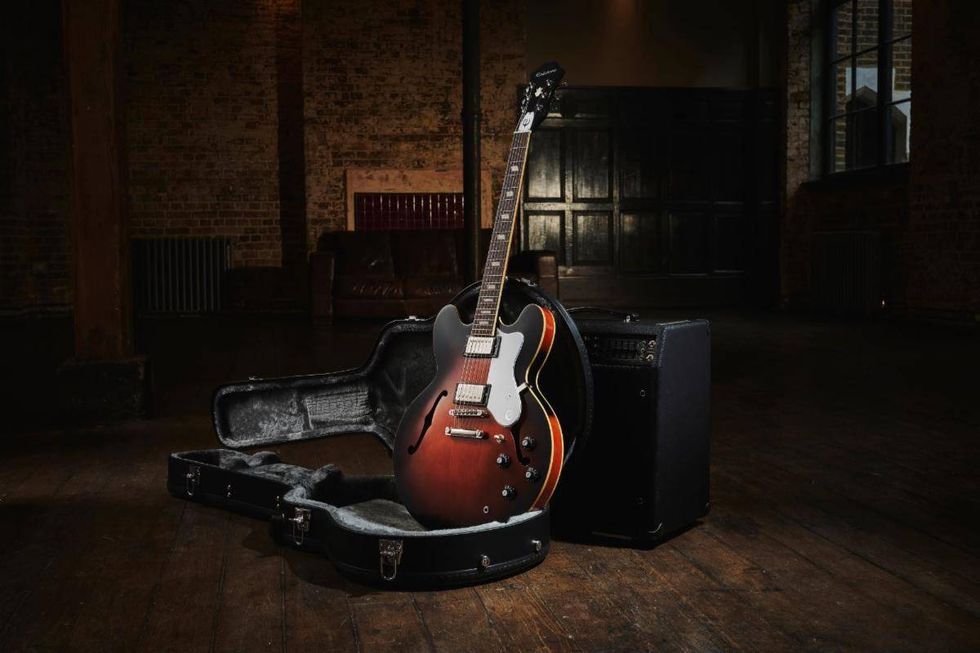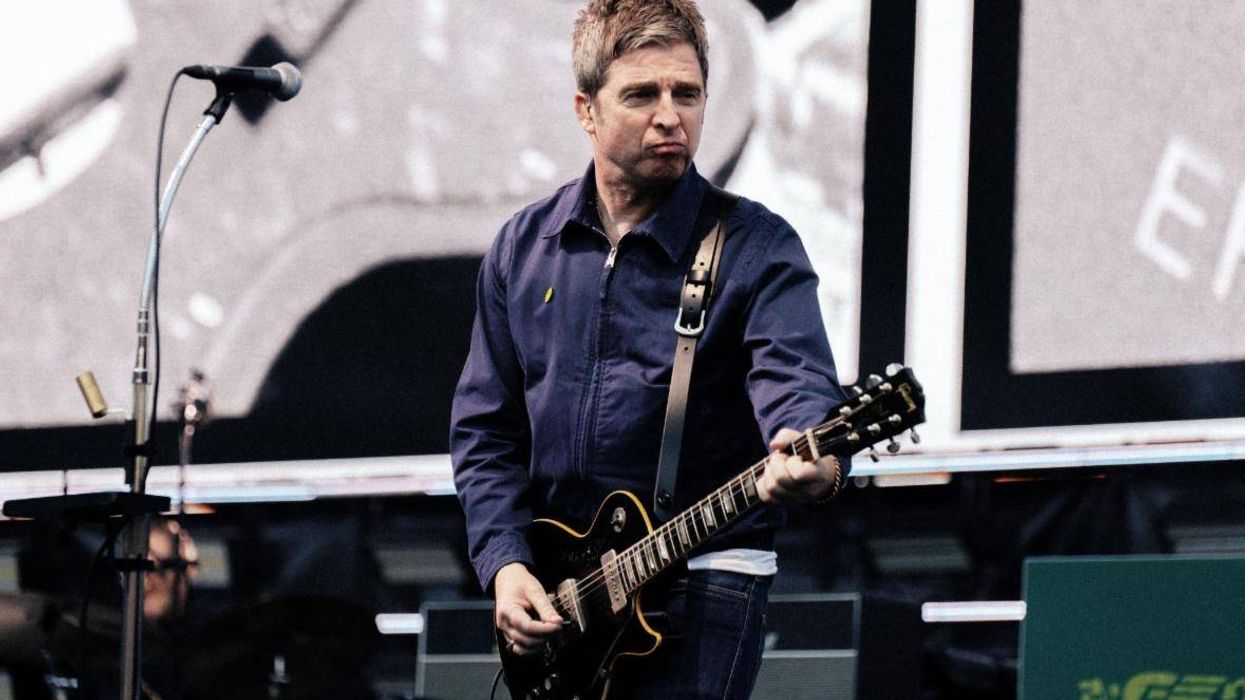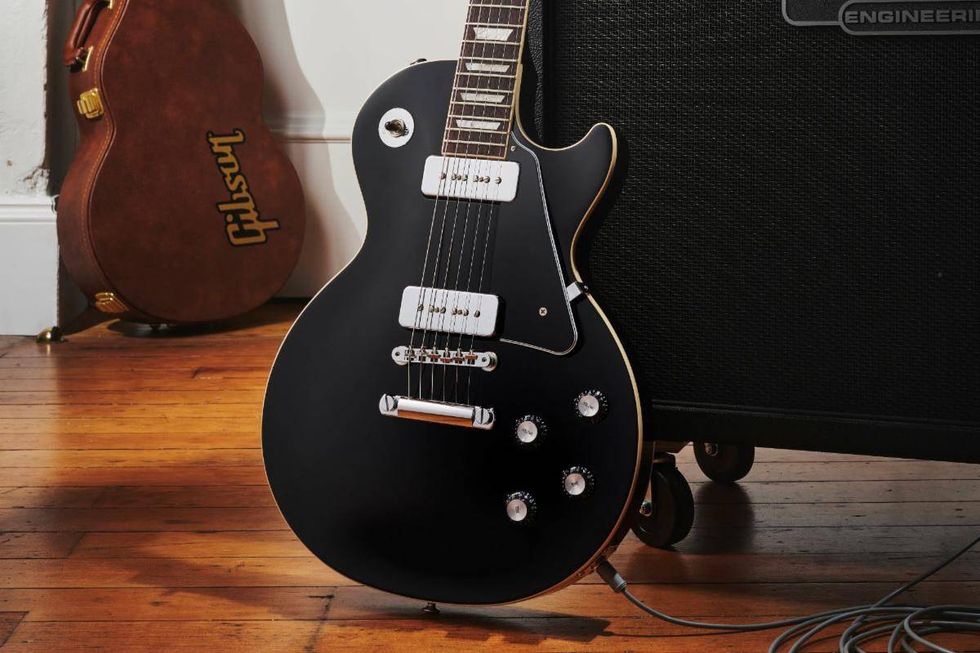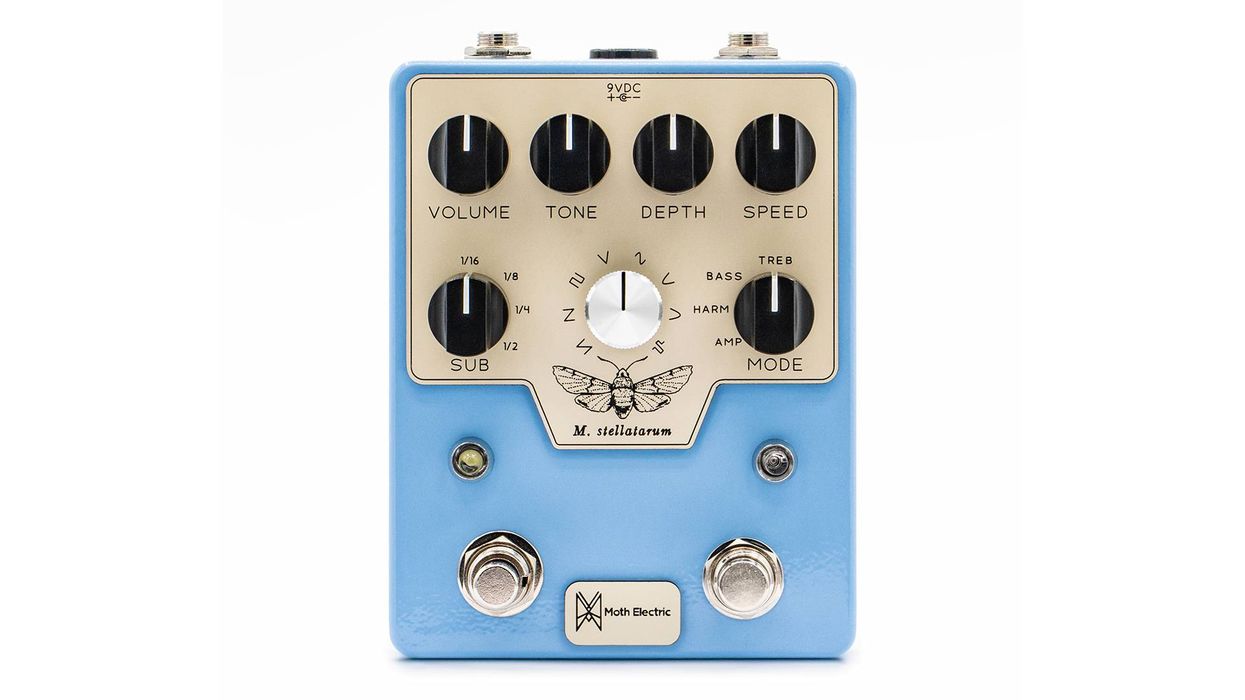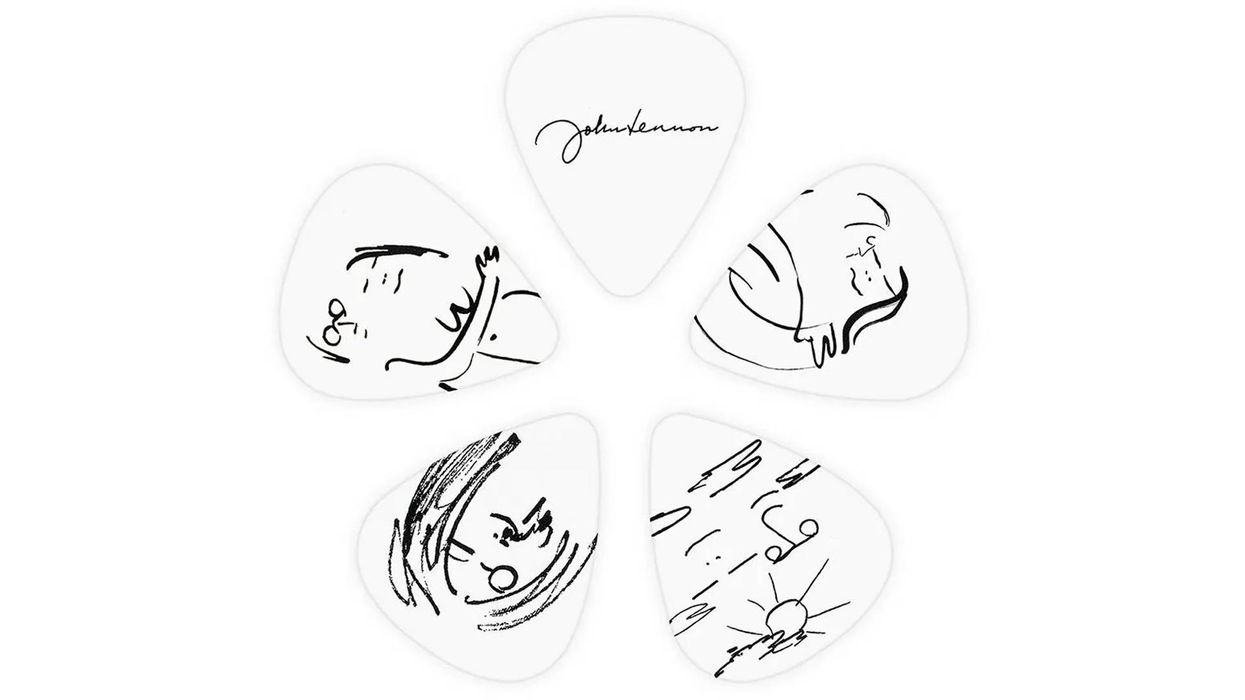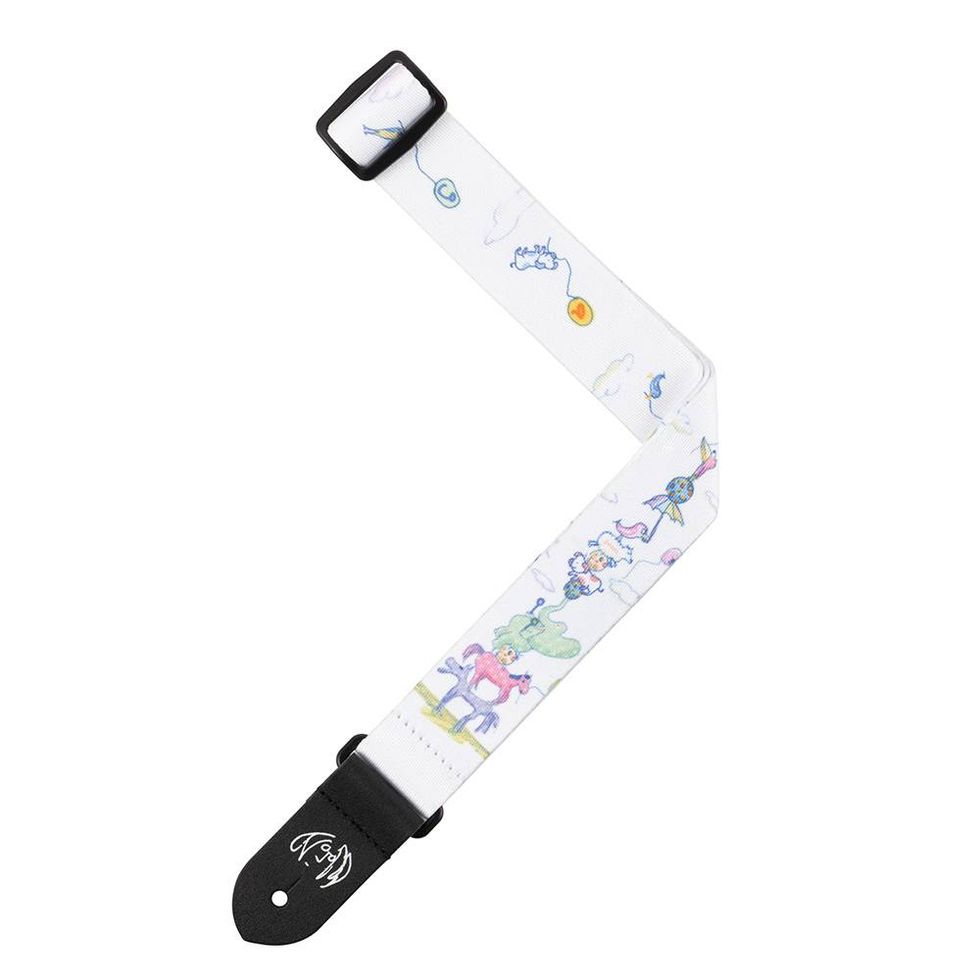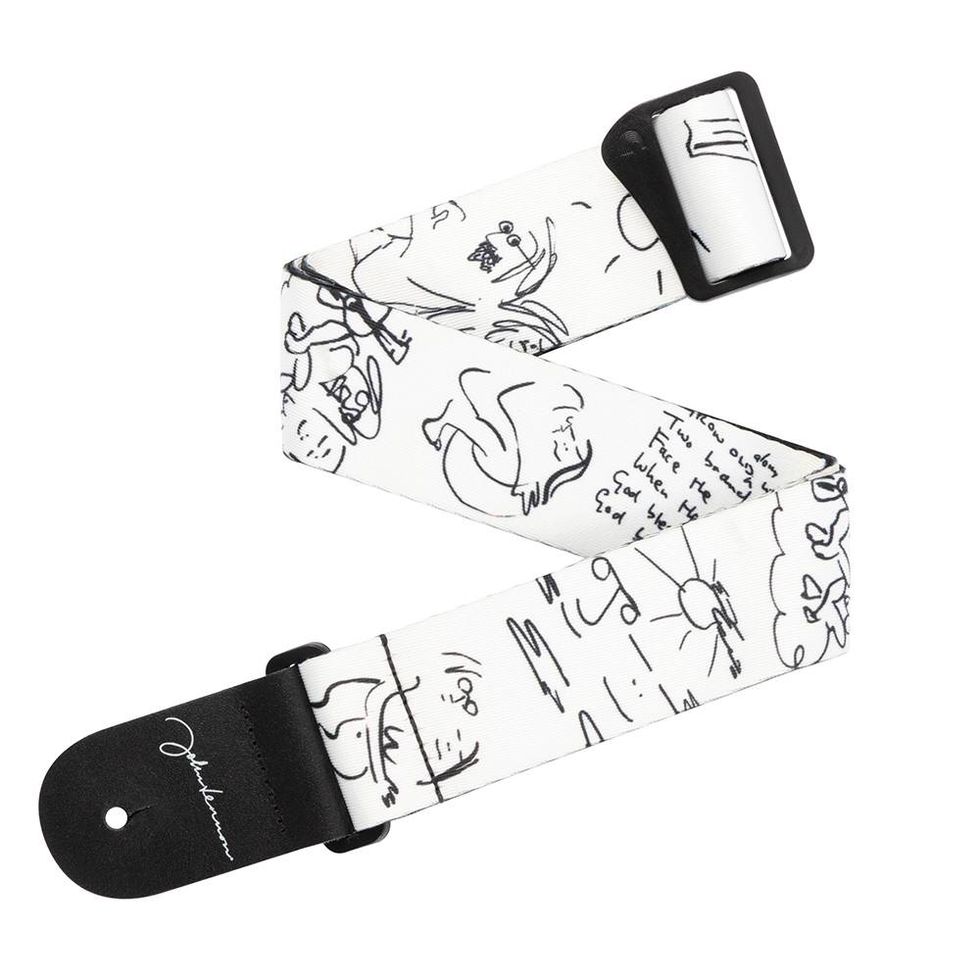An affordable, compact recording solution offering exclusive features for guitarists and a gateway to a new world of tone.
IK Multimedia releases AXE I/O ONE, the ultimate affordable audio interface designed for guitar and bass players. It combines the exclusive features of IK's AXE I/O family of interfaces with a massive software tone bundle, at a price never seen before.
AXE I/O ONE sports IK's exclusive Z-TONE® impedance control, JFET input for warm, tube-like sound, dedicated Amp Out for practicing or reamping, pickup selector, external volume/wah pedal or switch controller inputs, and includes award-winning AmpliTube and TONEX software with access to thousands of presets, amp and pedal rig tones on ToneNET for a complete digital studio rig that sounds like a pro.
Every electric and bass guitar is different and AXE I/O ONE's Z-TONE input circuit allows users to dial in the perfect tone for recording by changing the impedance of the guitar input to go from a tighter/sharper tone to a thicker/bolder tone on the same instrument.
The Class A JFET input buffer adds the midrange focus, warmth, and harmonic enhancement highly sought after by guitar players. An Active/Passive pickup selector allows precise input settings at the flip of a switch while, unique to AXE I/O family, the ONE features external controller inputs to connect switches or volume pedals to control the included software hands-free, without ever having to stop playing.
The exclusive Amp Out allows players to connect directly to a guitar amplifier or a guitar rig for practicing using a hybrid setup of virtual and real guitar gear. Or it can be used for reamping, the technique of recording a dry guitar signal and using external gear for processing or even to capture one's own real rig and turn it into a plug-in using the included artificial intelligence software.
With both AmpliTube 5 SE and TONEX SE included, users have instant access to a huge library of thousands of gear models and presets to record and play right out of the box, and AXE I/O ONE works with any recording application.
AmpliTube 5 SE includes 80 pieces of gear that cover a wide range of stomp and rack effects, amps, cabs, speakers, mics, and rooms with complex series/parallel rig chains easily built by drag and drop to emulate any type of sound.
TONEX SE is the new and revolutionary AI Machine Modeling software that's taking the world by storm, offering not only thousands of rigs that are indistinguishable from the real thing but also the possibility of modeling any real rig and turning it into a plug-in. Users can model their amps, cabs, or pedals including distortion, overdrive, EQ, fuzz, boost, and more, and play them inside TONEX and AmpliTube.
Both software applications include access to the ToneNET online service where there are now over 6,000 AmpliTube presets and 10,000 TONEX tone models to explore, produced, and expanded daily by a thriving community of guitar and bass players.
AXE I/O ONE is USB-C bus powered and requires no external power supply. To start recording is as easy as plug and play. Users can hit record right out of the box with the included easy-to-use AmpliTube 5 SE multitrack standalone application or, for more sophisticated composition, Ableton Live Lite software is included to take it to the next level. Everything is easy to set up and easy to use whenever inspiration strikes.
AXE I/O ONE's MIDI input and output also allow users to connect keyboard controllers or any other MIDI controllers to play virtual instruments or control the included software with external MIDI gear or vice versa. Plus AXE I/O ONE also works with the latest iPads for use with TONEX SE iOS (also included), the free AmpliTube CS iOS app, and a huge variety of compatible apps.
Great recordings require uncompromised quality and AXE I/O ONE delivers professional audio with sample rates up to 192 kHz, 108 dB dynamic range, and 9 Hz-45 kHz frequency response.
And for recording acoustic instruments and vocals via the XLR mic input, AXE I/O ONE features a PURE Class-A mic preamp with phantom power for ultra-transparent and clean recording, without any unwanted coloration, preserving the true sonic character of a vocal, acoustic guitar, piano, or other instruments.
Super compact and easy to carry in a backpack or gig bag, AXE I/O ONE can also quickly become the ideal interface for recording on the go.
AXE I/O ONE is shipping now and available from the IK Multimedia online store and from IK authorized dealers worldwide, for only $/€129.99* - including AmpliTube 5 SE, TONEX SE, and Ableton Live Lite.
For more information, please visit ikmultimedia.com.
IK Multimedia AXE I/O ONE USB Guitar Audio Interface
 USB Guitar Audio Interface
USB Guitar Audio Interface
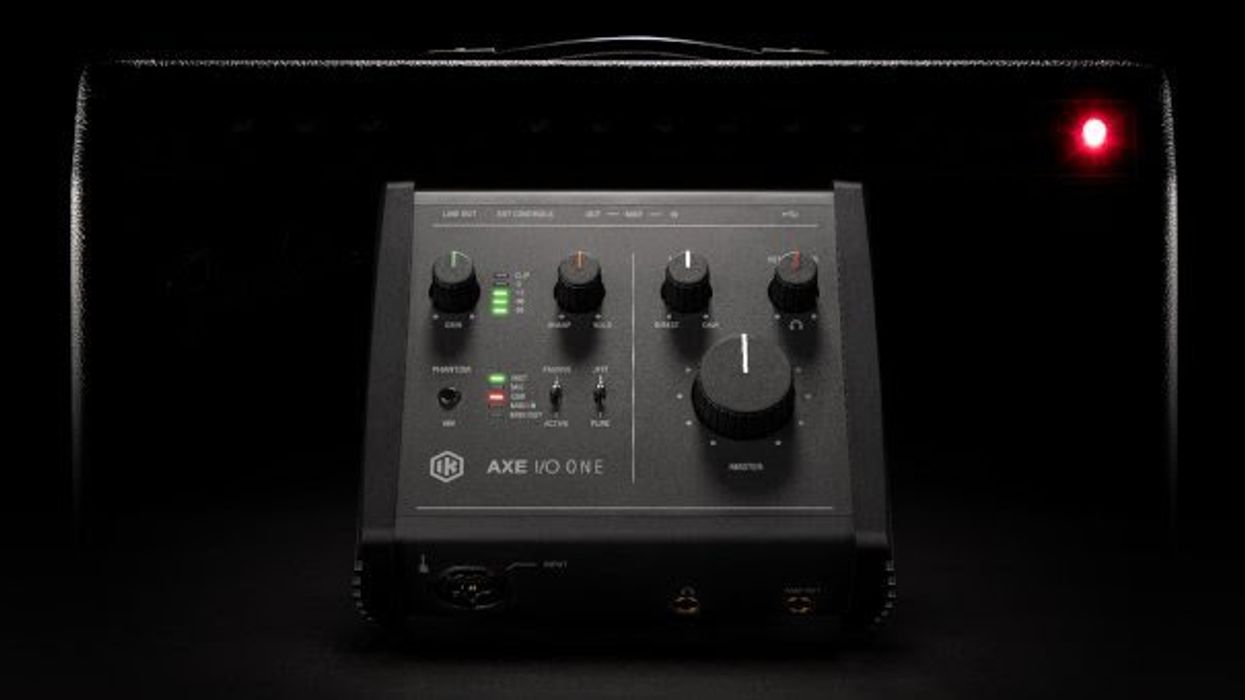

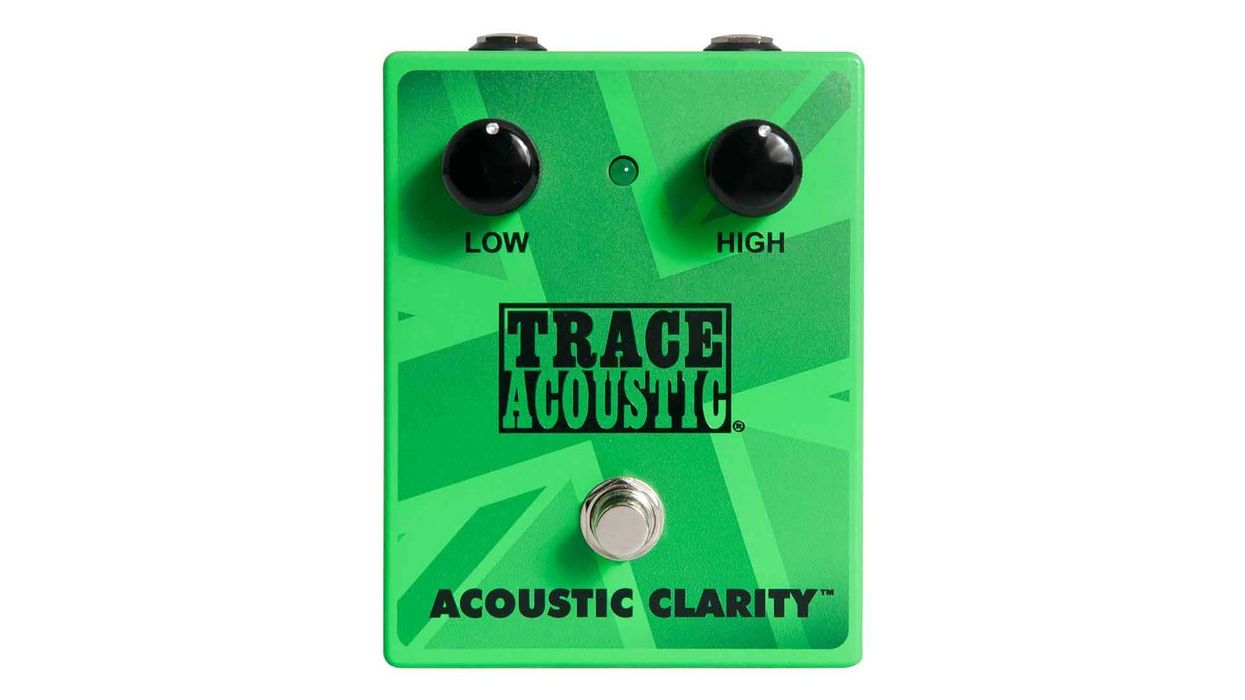
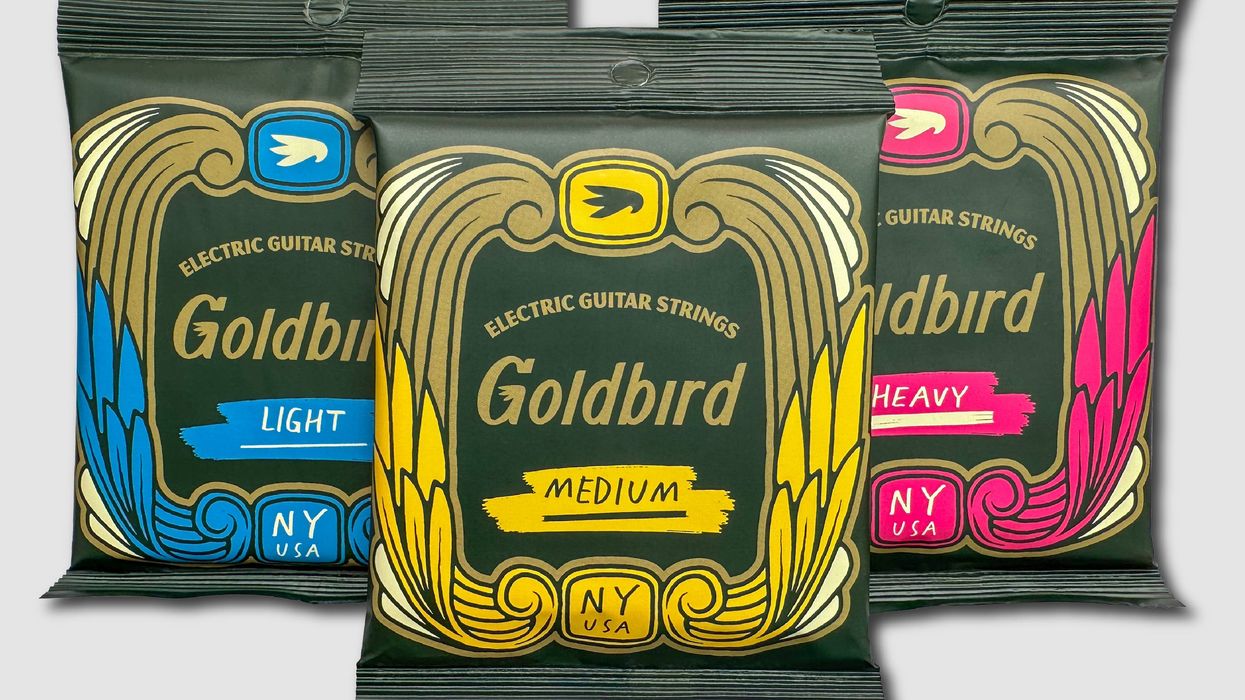
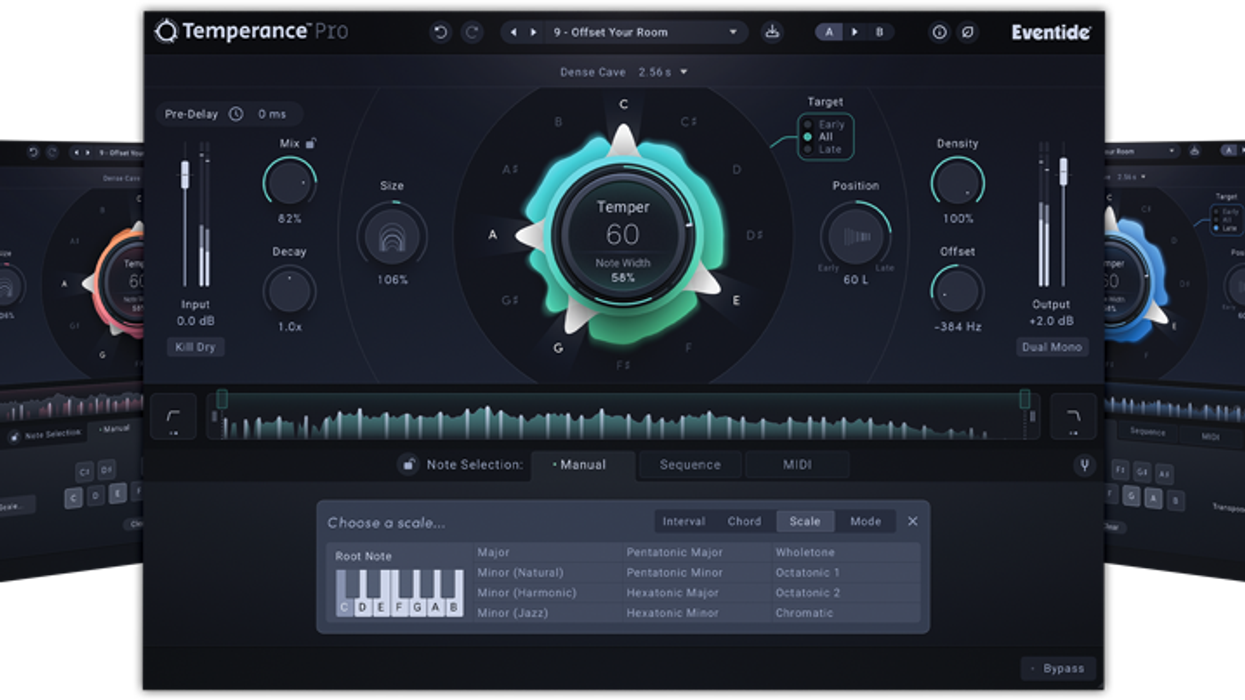
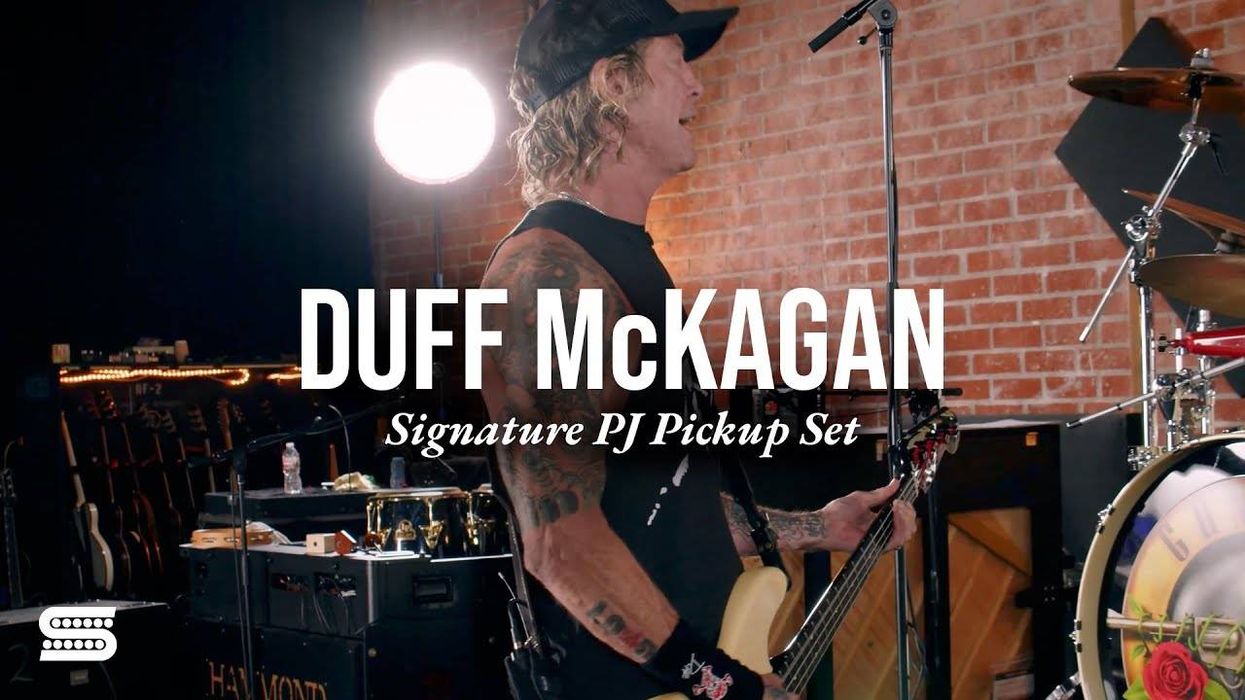


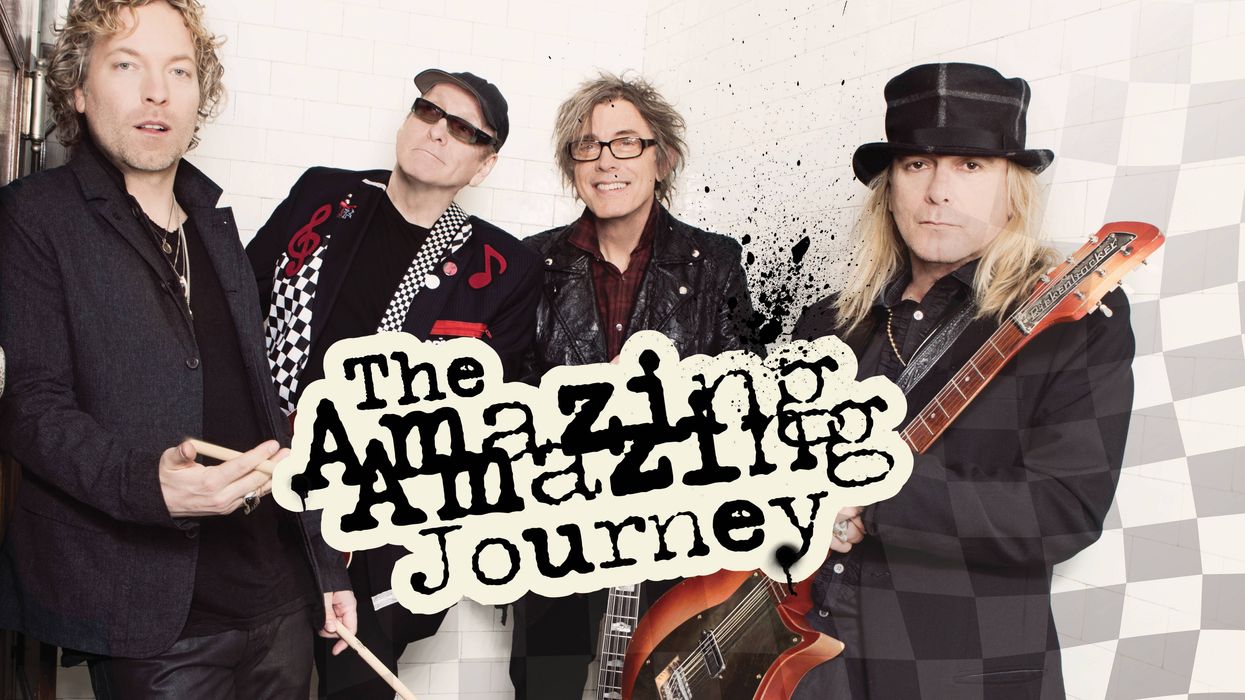

![Devon Eisenbarger [Katy Perry] Rig Rundown](https://www.premierguitar.com/media-library/youtube.jpg?id=61774583&width=1245&height=700&quality=70&coordinates=0%2C0%2C0%2C0)


